Language
- English
- Español
- Français
- Italiano
- Português
- Deutsch
- Nederlands
Currency
- AUD Australian Dollar
- CAD Canadian Dollar
- EUR Euro
- GBP Pound Sterling
- USD US Dollar
- ZAR Rand

why go
The Masai Mara National Reserve and its neighbouring conservancies form Kenya's flagship conservation area and one of the top safari destinations in Africa. Its wide-open plains provide a sanctuary for an abundance of animals like elephant, buffalo, zebra, giraffe, hyena and the Mara's famous big cats: lion, leopard and cheetah. And between about August and November every year, the Mara is a much-welcomed pit stop for unending masses of wildebeest that follow the rains on their death-defying, 2 900-kilometre (1 800-mile) circular journey.
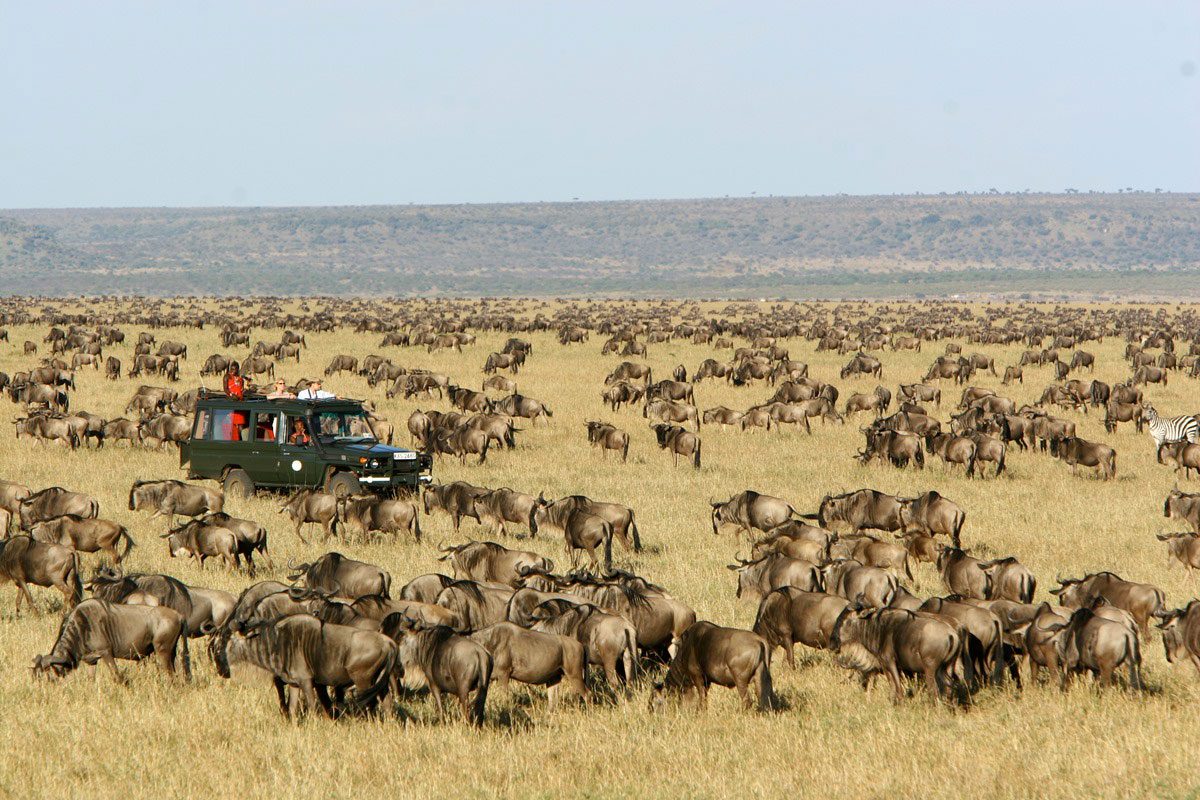
Thousands of visitors come to the Mara every year to enjoy some of the most authentic safari experiences in Africa. Here are a few reasons why we love a Masai Mara safari:
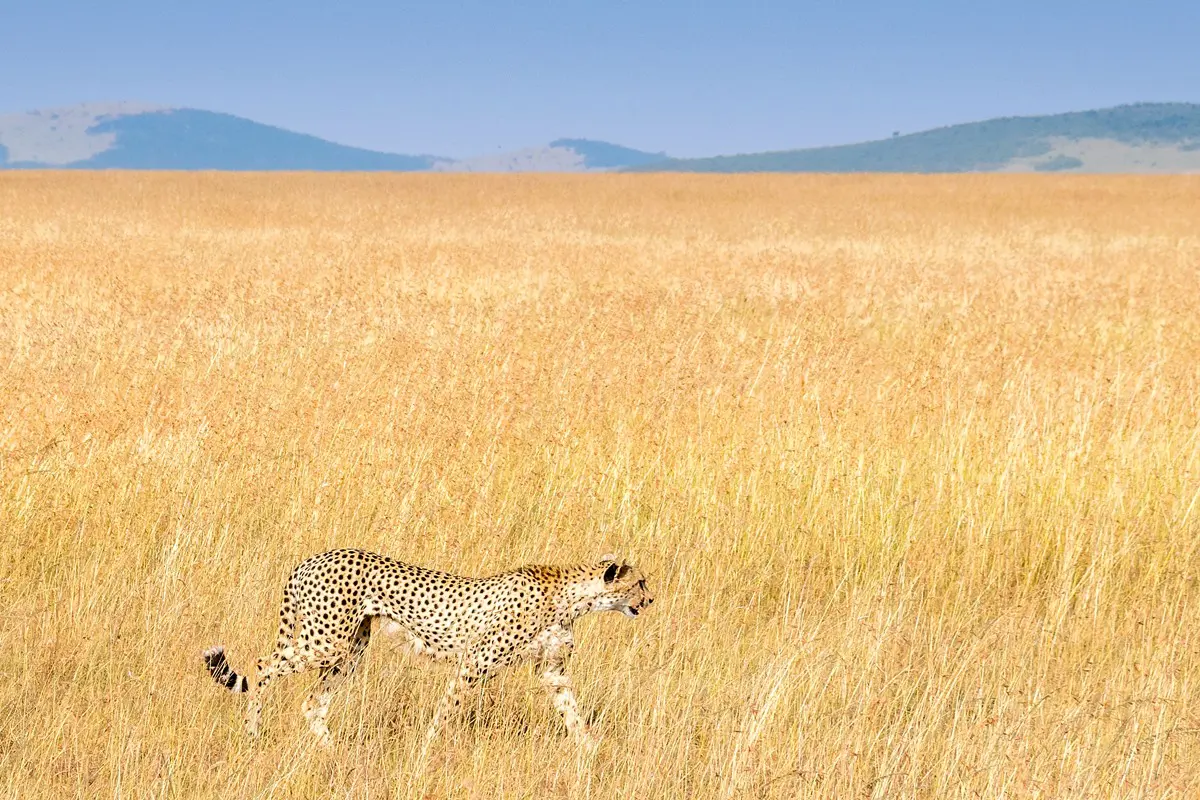
Game viewing in the Masai Mara is excellent all year round thanks to its varied landscapes, wide open spaces, temperate climate and diverse population of resident game. Its champagne-coloured savannahs are home to safari heavyweights like lion, leopard, elephant and buffalo, plus popular species like zebra, giraffe, hyena, eland and gazelle. Rhino sightings are scarce, but these endangered animals can be spotted – if you're in luck – in the Mara Triangle.
The Mara is renowned for delivering exceptional big cat (lion, leopard and cheetah) sightings. Cheetahs are particularly well adapted to the region's flat plains, which makes the Masai Mara one of the best places to see these nimble predators. They often seek vantage points on fallen trees, termite mounds, and even game drive vehicles! It's a highlight of any Masai Mara safari to watch the world's fastest land mammal chase down its prey.
From about August to November, one of nature's greatest spectacles reaches the Masai Mara. The sheer number of wildebeest arriving in the area is staggering; the herds are so big they can be observed from space! The Wildebeest Migration is a dramatic mass movement of almost two million wildebeest, zebra and gazelle in a seasonal annual cycle driven by rainfall. To reach the Mara's fresh grazing from Tanzania's Serengeti National Park, the wildebeest must make dramatic river crossings, facing enormous crocodiles that lie in wait.
Note: availability of well-located safari camps in high season (June to October) is limited. If you want front-row seats to the Wildebeest Migration, you should book your Masai Mara safari at least a year in advance.
See Our Migration Manual
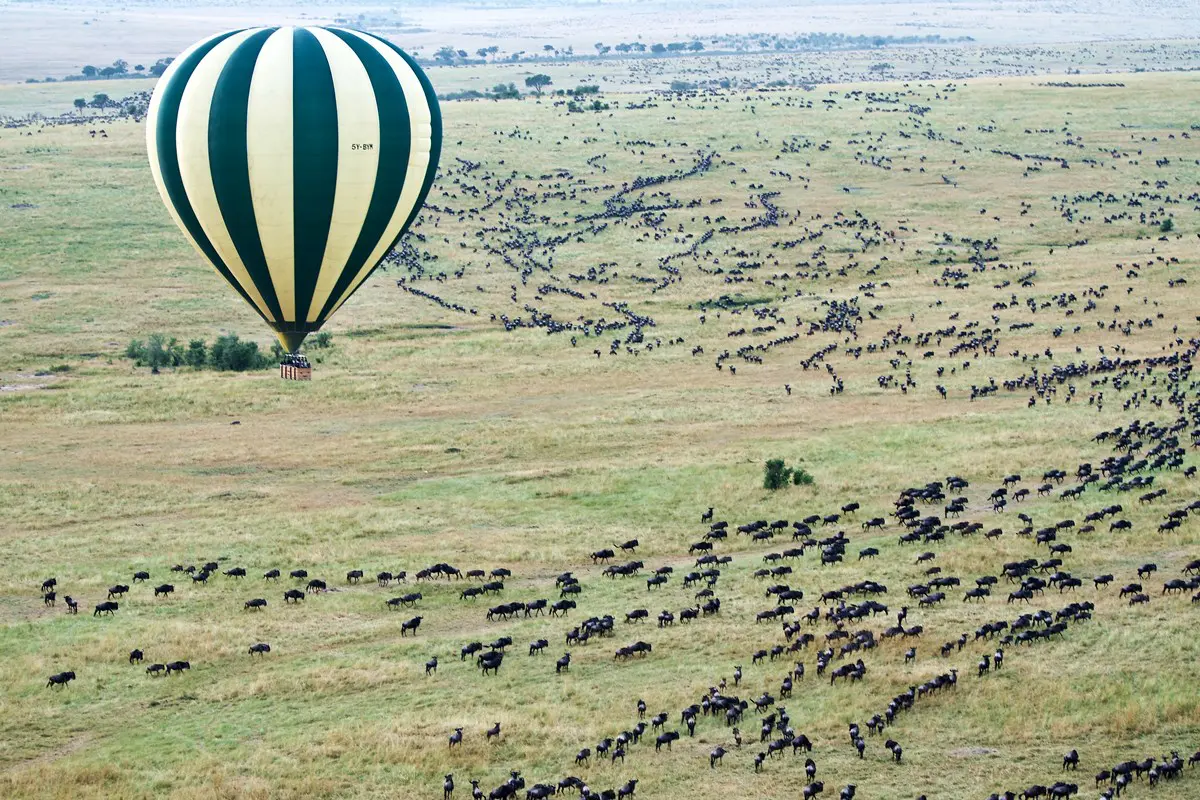
You can combine thrilling land-based game viewing in 4×4 vehicles with Maasai-guided nature walks, and crown your Masai Mara safari with an unsurpassable hot-air balloon experience. The best flight paths follow the course of the Mara River, allowing you to peek down into the forests, float past vultures' nests and observe the early-morning routines of boisterous hippos. After touching down onto the plains, you'll be treated with a delicious bush breakfast with champagne.
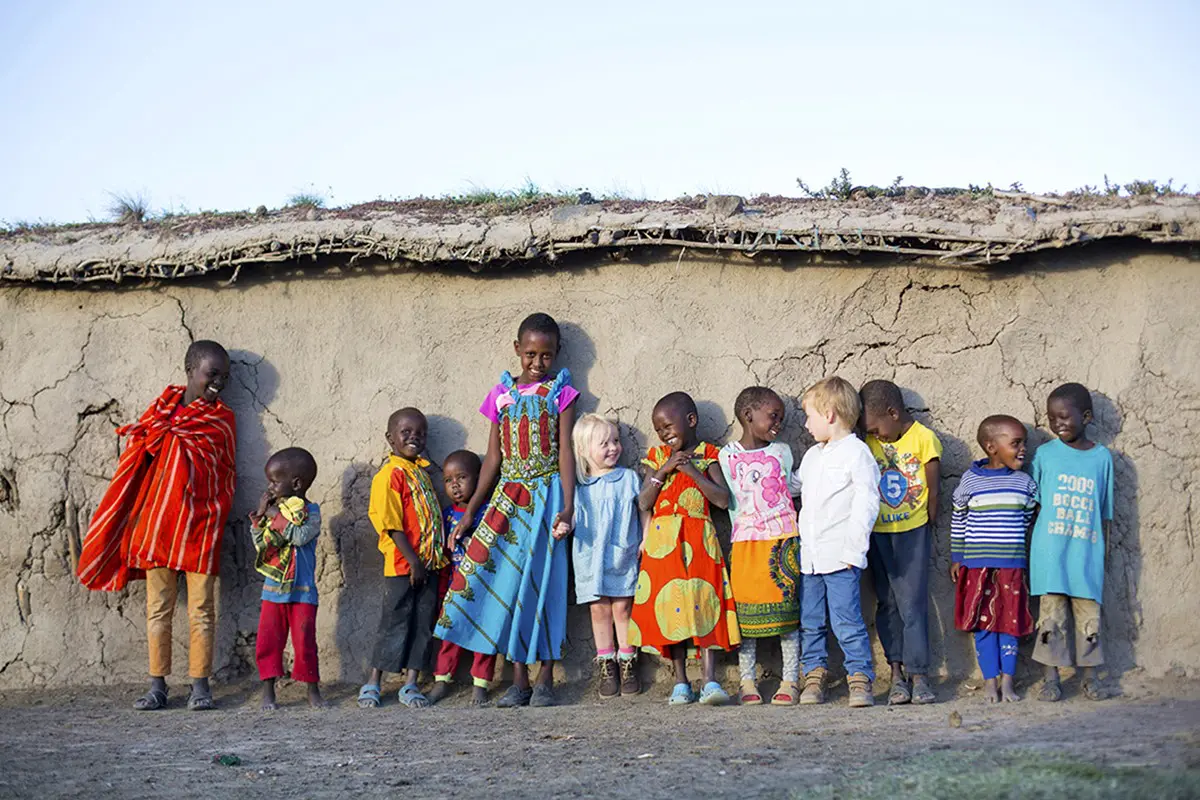
The Maasai are a semi-nomadic ethnic group who inhabit most of Kenya and northern Tanzania, and are well-known by travellers for their distinctive customs and dress. Although cattle ownership is still a central aspect of their culture, increased safari tourism has led many Maasai to become expert safari guides and camp managers. While on a Masai Mara safari, you'll have plenty of opportunities to interact with Maasai guides and camp staff, plus get the chance to visit local villages for a fascinating glimpse of traditional Maasai culture, lifestyle and traditions.
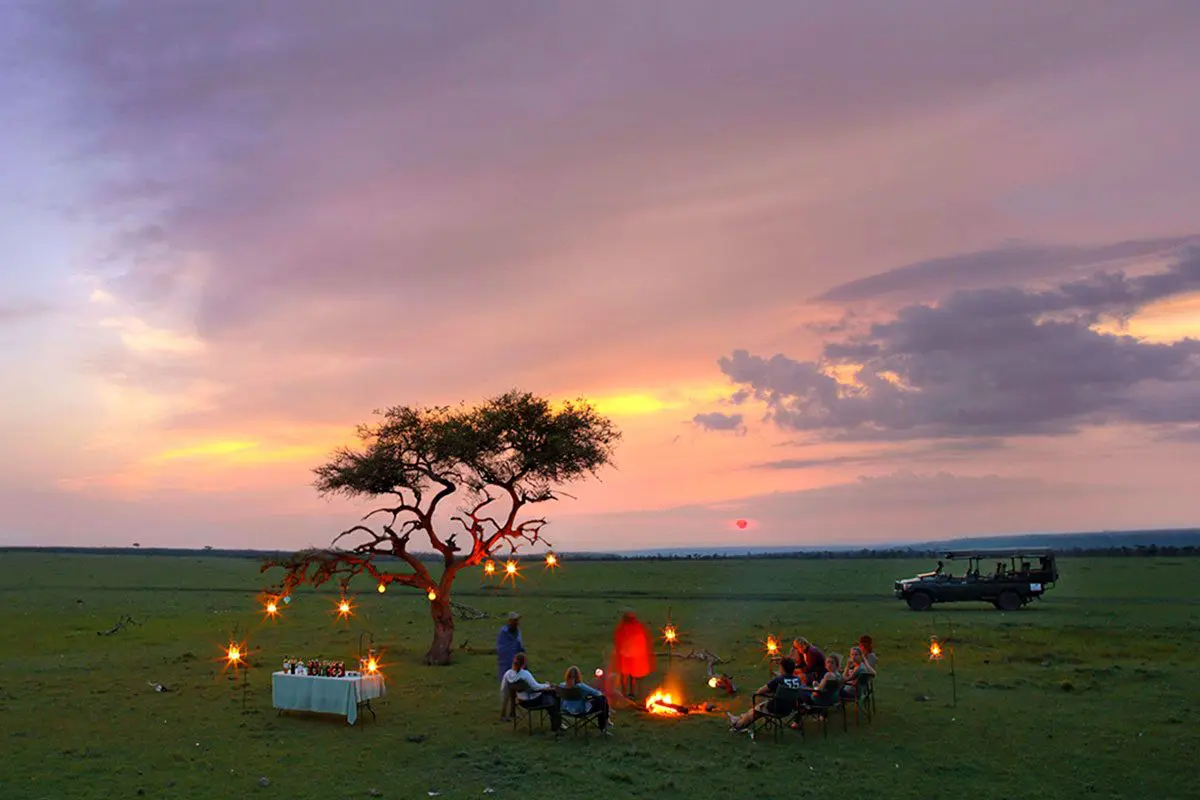
A conservancy is a very specific type of land and wildlife conservation area. Landowners enter into contracts with safari operators in return for monetary compensation and other assistance. This could include anything from educational and healthcare programmes to livestock and grazing management. The Masai Mara National Reserve can get crowded during safari high season (about June to October), which is why we recommend staying in one of the neighbouring private conservancies.
Bird watching
Cultural interactions
Hot air ballooning
Mobile camping
Private concessions and conservancies
Scenery
Wildebeest Migration
Wildlife and safari